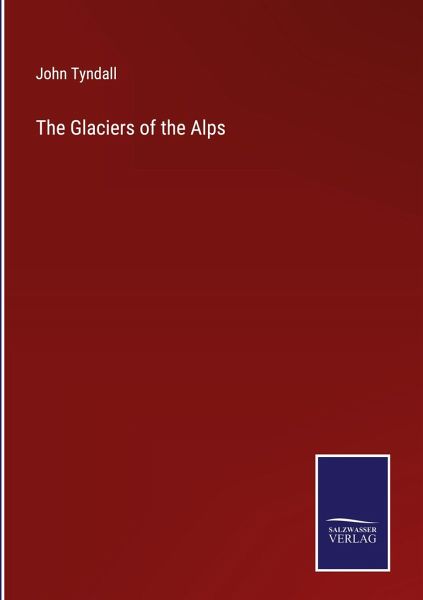
The Glaciers of the Alps
Versandkostenfrei!
Versandfertig in 1-2 Wochen
89,90 €
inkl. MwSt.
Weitere Ausgaben:

PAYBACK Punkte
0 °P sammeln!
Reprint of the original, first published in 1860.


Rechnungen
Bestellstatus
Retourenschein
Storno